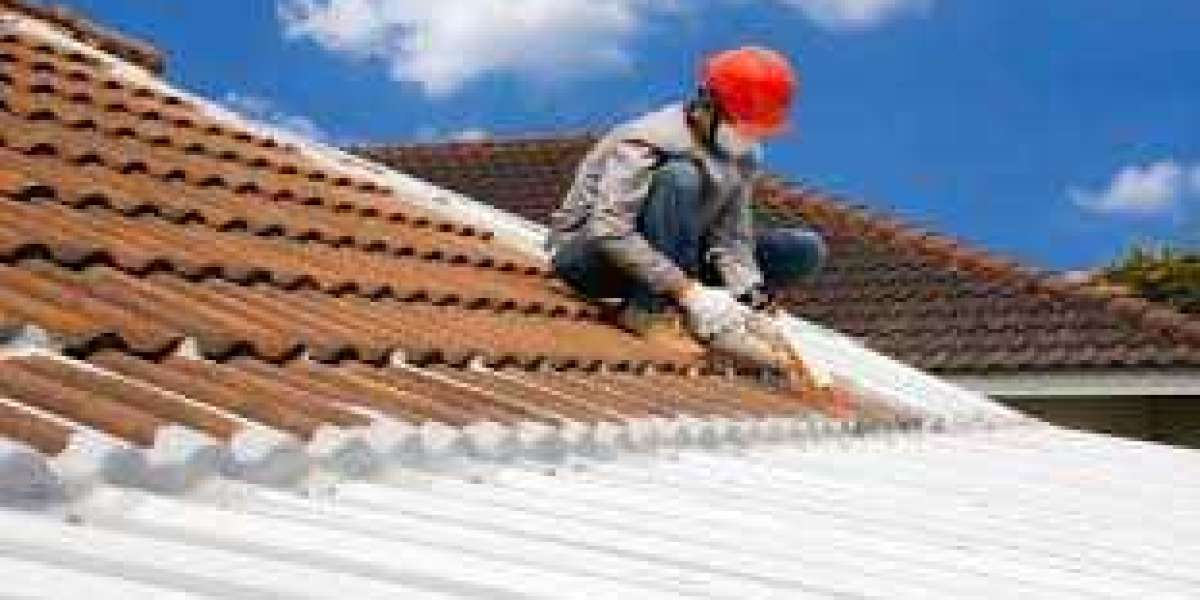In today's construction landscape, waterproofing has moved from being an afterthought to a core design requirement. As buildings become more complex and land use intensifies, moisture management becomes critical to their longevity. From commercial spaces to residential properties, smart construction practices now include comprehensive waterproofing plans from the outset.
The consequences of neglecting this vital aspect can be dire. Damp walls, ceiling leaks, and decaying interiors not only damage property value but also make the space uninhabitable. That’s where specialized home waterproofing services come into play, offering tailored solutions for every architectural need. These services extend from rooftops and walls to concealed plumbing systems, ensuring total protection from water ingress.
One of the key trends is the integration of waterproofing systems with green building standards. As more homeowners and developers prioritize sustainability, products used for moisture protection are being scrutinized for their environmental impact. Fortunately, eco-friendly solutions now offer durability without compromising safety, making it easier to meet both performance and environmental goals.
What also sets modern waterproofing apart is its ability to address localized needs. For instance, in flood-prone zones or coastal cities, solutions are geared towards high water pressure resistance and prolonged exposure to dampness. In such cases, it's best to consult residential waterproofing contractors who specialize in adapting solutions to specific geographic and structural challenges.
As cities continue to grow upward and outward, ensuring every building has a moisture-resilient core will be key to sustainable urban living. It's not just about stopping leaks—it's about building smarter, healthier spaces.











